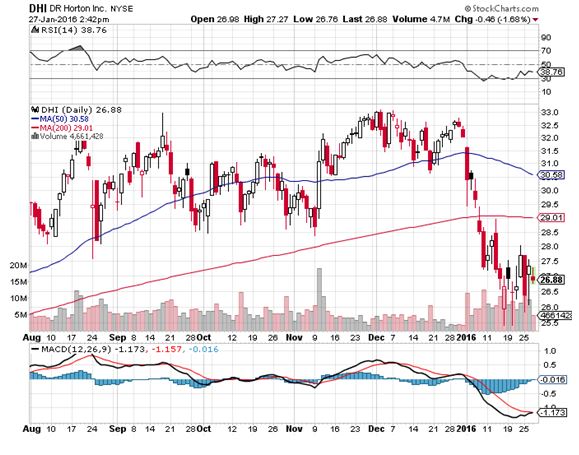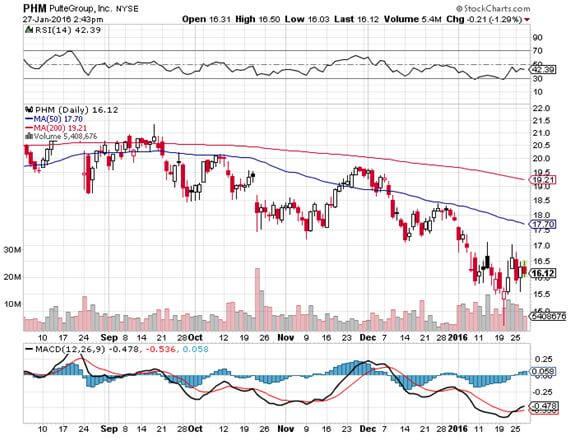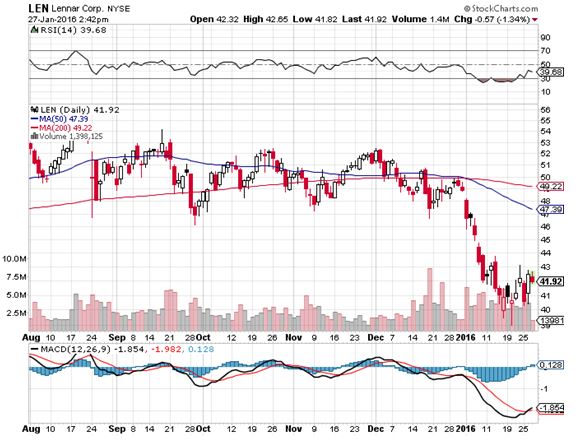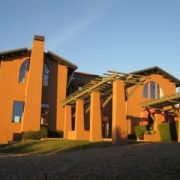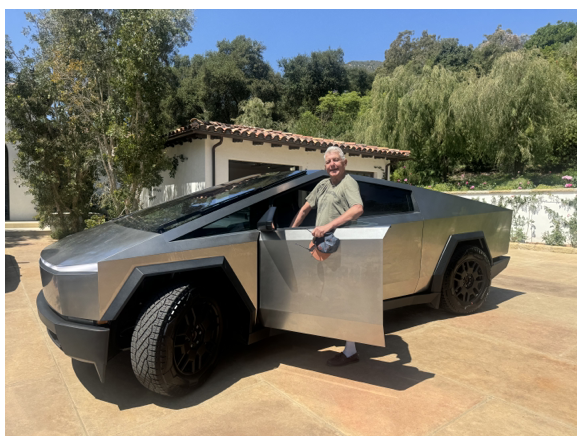Real estate brokers are still reeling from the news that December existing home sales rocketed by a blockbuster 14.7%, to an annualized 5.46 million units.
And now I hear that Apple (AAPL) is planning on building a second new research and development campus that will need 20,000 new high tech workers. The housing crisis here in the San Francisco Bay area just went from bad to worse.
It is all fresh fuel for a continuation in the bull market for US residential real estate, not just for this year, but for another decade.
Friends in the industry tell me the eye popping numbers were due to the implementation of the TILA-RESPA Integrated Disclosure (TRID) in October.
Dubbed the ?Know before you owe? requirement, TRID is the inevitable outcome of the 2008 subprime housing crash.
If you weren?t born yet in 2008, or were living in a cave on a remote Pacific island back then, go watch the movie ?The Big Short? for a further explanation of those dark days.
As a result, real estate closings now take at least a week longer, and sometimes more, thanks to a new requirement for several three day ?cooling off periods.?
When the new law kicked in, TRID nearly brought he industry to a halt, and firms were sent scurrying to their attorneys to draw up the new disclosure forms to stay within the law.
TRID undoubtedly was responsible for the slowdown in the market in the run up to December.
Although prices seem high now, I am convinced that we are only at the beginning of a long term secular bull market in housing. Anything you purchase now is going to make you look like a genius ten years down the road.
The best is yet to come.
The big driver will be demographics, of course.
From 2022 onward, 65 million Gen Xer?s will be joined by 85 million late blooming Millennials in bidding wars for the same houses. That will create a market of 150 million buyers, unprecedented in the history of the American real estate market.
In the meantime, 80 million baby boomers, net sellers and downsizers of homes for the past decade, will slowly die off and disappear from the scene as a negative influence. Only one third are still working.
The first boomer, Kathleen Casey-Kirschling, born seconds after midnight on January 1, 1946, will become 76 years old by then. A former school teacher, she took early retirement at 62.
The real fat on the fire here is that 5 million homes went missing in action this decade, thanks to the financial crisis. They were never built.
This is the result of the bankruptcy of several homebuilders, and the new found ultra conservatism of the survivors, like DR Horton (DHI), Lennar Homes (LEN), and Pulte Group (PHM).
Did I mention that all of this makes this sector a screaming ?BUY?, once the market moves into ?RISK ON? mode later in the year?
Talk to any real estate agent and they will complain about the shortage of inventory (except in Chicago, the slowest growing market in the country).
Prices are so high already that flippers have been squeezed out of the market for good. Bottom feeders, like hedge funds buying at the bankruptcy auctions, are a distant memory. Some now own more than 20,000 homes.
Income taxes are certain to rise in coming years, and the generous deductions allowed homeowners are looking more attractive by the day.
And let?s face it, ultra low interest rates aren?t going to be here forever. Borrow at 3% today against a long term 3% inflation rate, and you are essentially getting you house for free.
The rising rents that are turning Millennials from renters to buyers may be the first sign of real inflation beyond the increasingly dear health care and higher education that we're are already seeing.
And Millennials are having kids that demand a bigger living space! Who knew?
I may become a grandfather yet!
